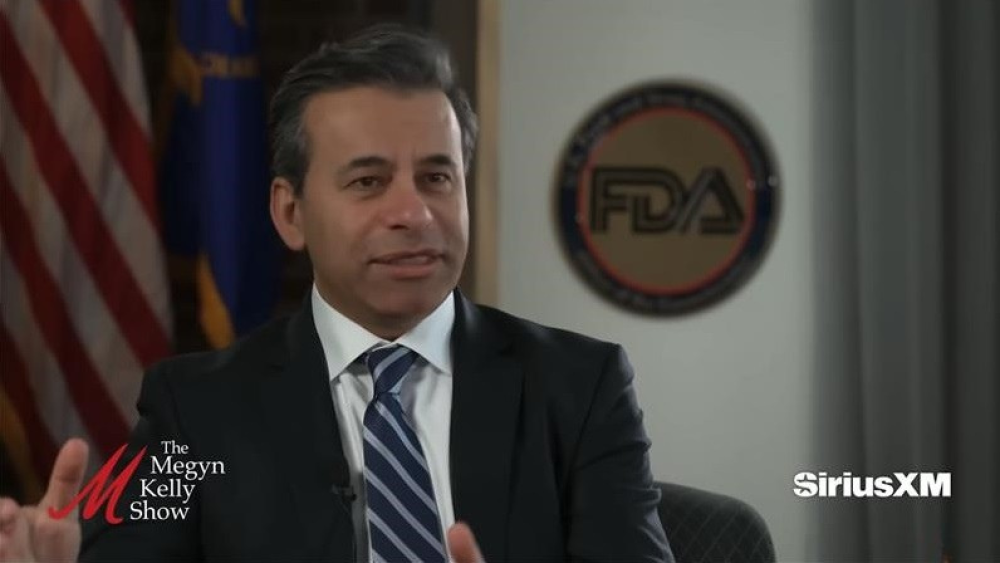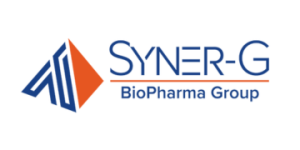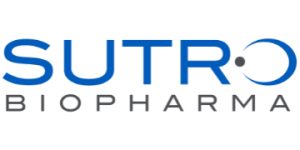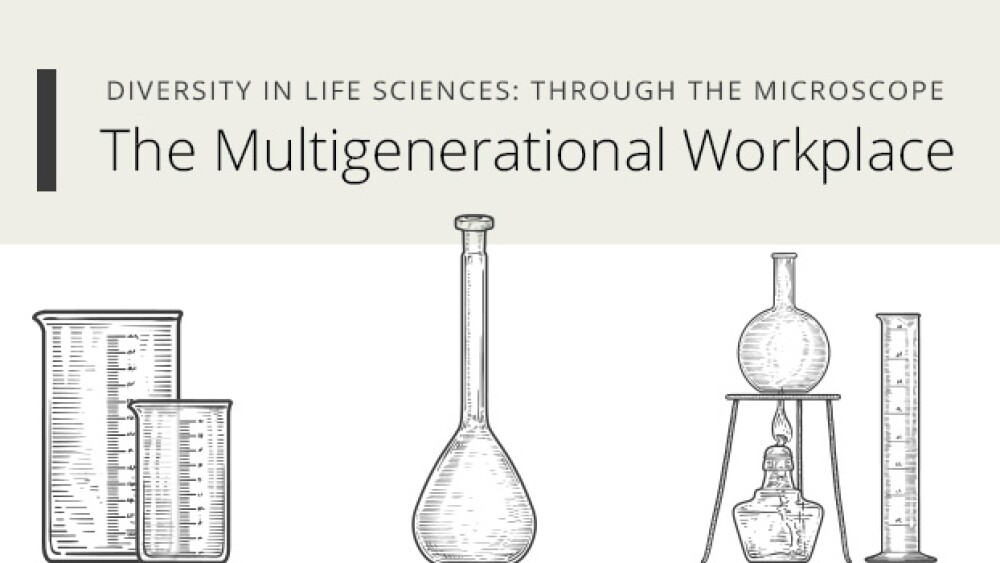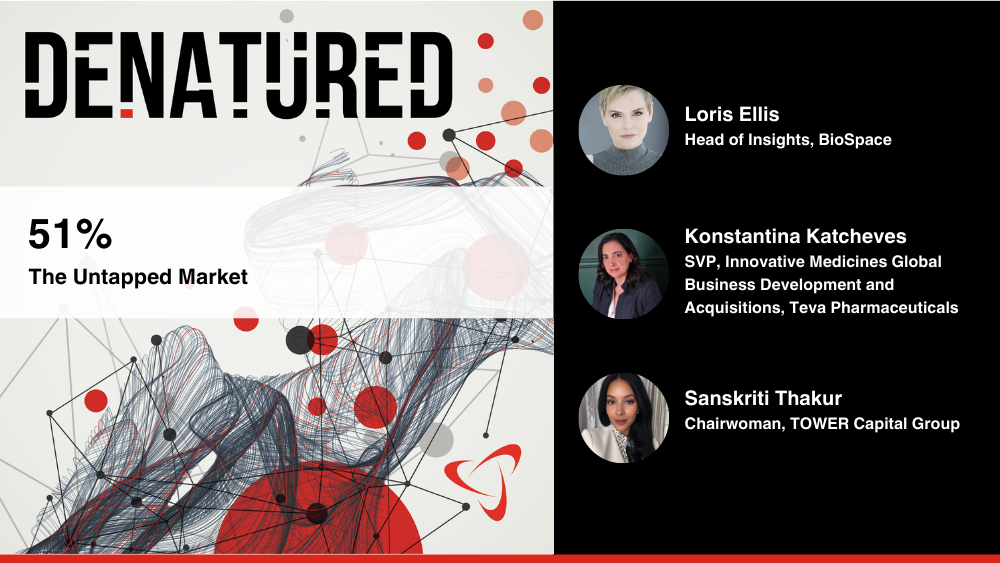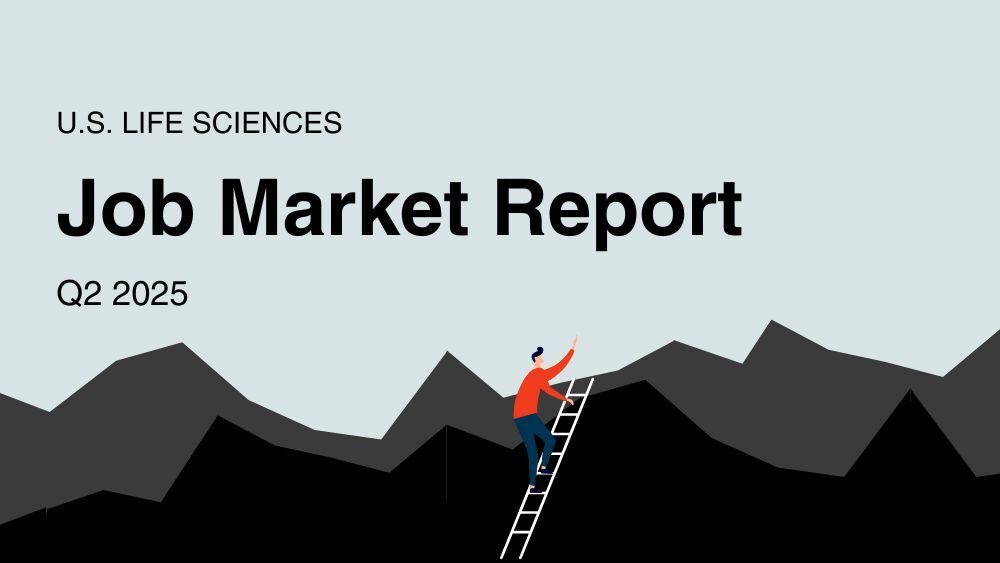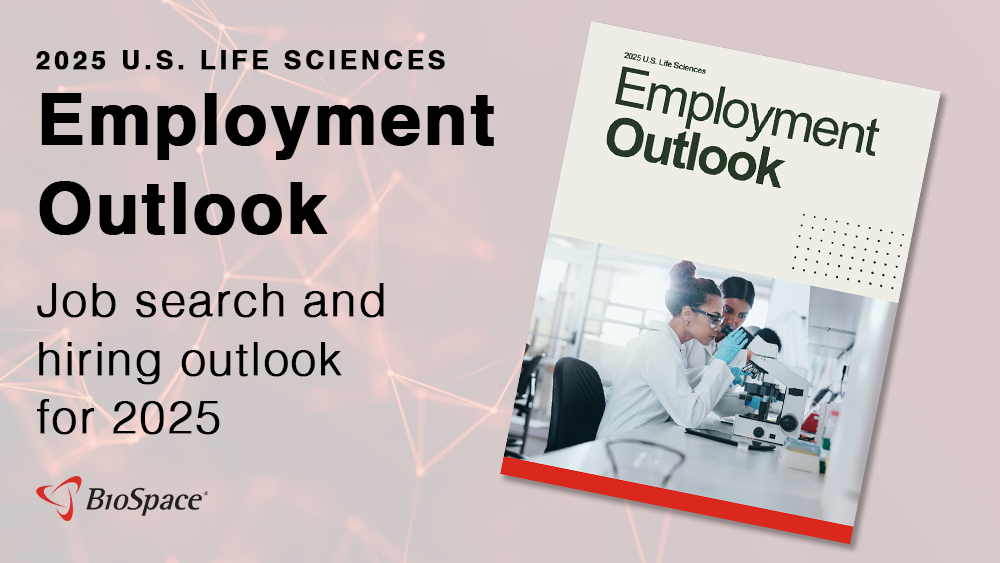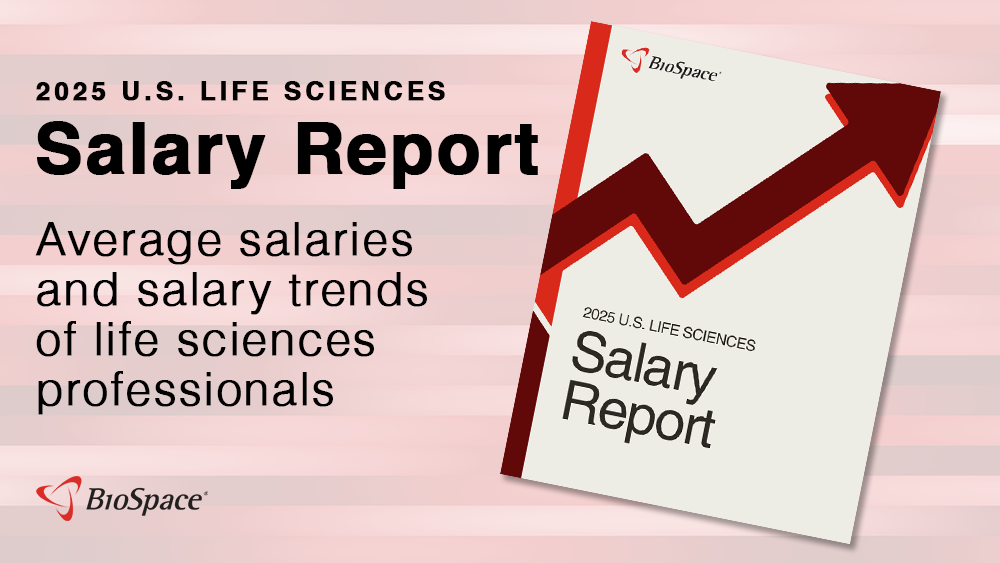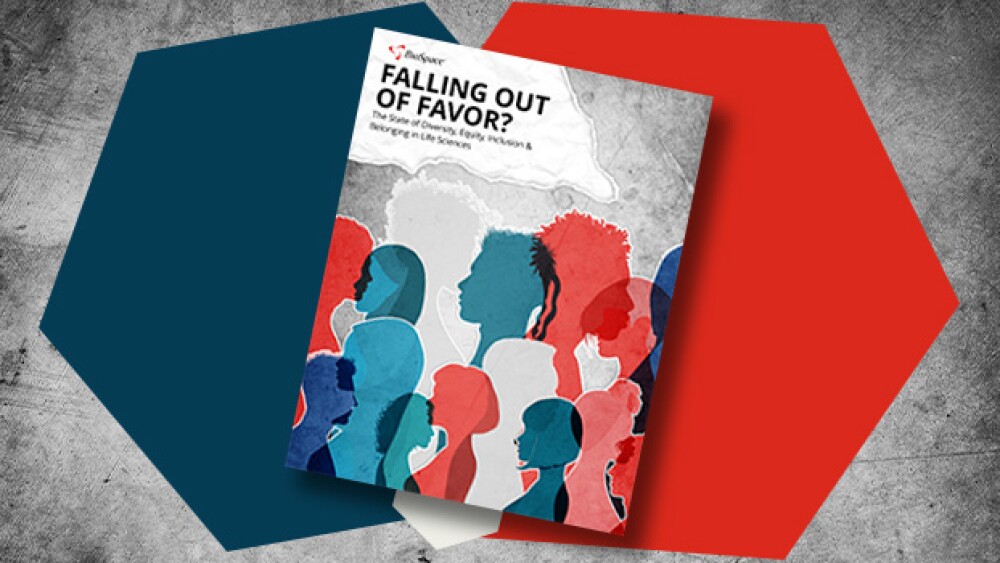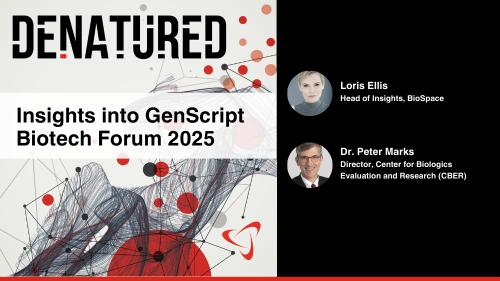Arnatar is developing ART4, an antisense oligonucleotide that ups the expression of its target protein to treat a rare disease called Alagille syndrome.
Thousands of employees across the Department of Health and Human Services are set to lose their collective bargaining rights in a move that American Federation of Government Employees national president Everett Kelley called “illegal and immoral.”
Earlier this month, the FDA backed off on a pause in shipments of the chikungunya vaccine Ixchiq to older adults. Now, the regulator has reversed course.
The FDA Adverse Event Reporting System, which Commissioner Marty Makary called “clunky,” previously published updates on a quarterly basis.
There’s still much more to come from the White House on tariffs, but the European Union has now reached a trade agreement with the U.S.
The drug, for hereditary angioedema, is Ionis’ second wholly owned asset.
FEATURED STORIES
What a CEO makes can be staggering from the seat of a rank-and-file employee, whose pay is typically in the five-to-six digit range.
Policy uncertainties are impacting biopharma dealmaking from continent to continent, with companies being asked to walk a tightrope on their relations with China.
Major pharmaceutical companies are committing billions to US manufacturing in an effort to avoid steep tariffs threatened by President Donald Trump.
In a recent interview, FDA Commissioner Marty Makary said there “should be nothing political about the FDA.” Recent actions taken by HHS Secretary Robert F. Kennedy, Jr. and others within the department appear to be at odds with this sentiment.
As tariffs, HHS workforce cuts and the ouster of CBER Director Peter Marks threaten the “lifeblood” of the cell and gene therapy space, experts express wariness over the unknowns and optimism that Marks’ legacy will carry on.
As Marty Makary nears the end of his first month on the job, the FDA Commissioner sat down for two interviews, offering statements that alternatively contradict and jibe with reported events.
LATEST PODCASTS
BridgeBio’s Attruby wins approval for transthyretin amyloid cardiomyopathy while the FDA accepts Alnylam’s application for Amvuttra in the indication; Cassava’s controversial Alzheimer’s drug flunks Phase III; Amgen’s MariTide fails to impress investors, Donald Trump’s controversial nominations continue.
In this episode of Denatured, BioSpace’s Head of Insights Lori and guests from Teva Pharmaceuticals and TOWER Capital Group discuss how critical it is to incorporate women into leadership positions and board rooms as a sound investment strategy.
Trump fingers Robert F. Kennedy Jr. to lead the HHS, lupus and ATTR-CM dominate headlines this week, bluebird bio has a cash gap to leap and RegenxBio eyes Sarepta in Duchenne muscular dystrophy.
Job Trends
Bristol Myers Squibb announced that the U.S. FDA has granted accelerated approval of Augtyro™ for the treatment of adult and pediatric patients 12 years of age and older with solid tumors that have a NTRK gene fusion, are locally advanced or metastatic or where surgical resection is likely to result in severe morbidity, and have progressed following treatment or have no satisfactory alternative therapy.
Subscribe to Genepool
Subscribe to BioSpace’s flagship publication including top headlines, special editions and life sciences’ most important breaking news
SPECIAL EDITIONS
In this deep dive, BioSpace explores the next big thing in obesity.
BioSpace did a deep dive into biopharma female executives who navigated difficult markets to lead their companies to high-value exits.
BioSpace data show biopharma professionals faced increased competition for fewer employment opportunities during the second quarter of 2025, with increased pressure from further layoffs.
DEALS
-
BioSpace Senior Editor Annalee Armstrong reflects on the year that was, and what’s to come in 2025.
-
The Novo-Catalent deal now moving ahead highlights unprecedented investment in manufacturing, while also standing out as an exception to the unspoken rule of keeping M&As to less than $5 billion this year.
-
Blackstone and Bain Capital are said to be among the final bidders for the Japanese company’s Mitsubishi Tanabe Pharma, sources told Reuters Friday.
-
By far, the largest acquisition of 2024 was Novo Holdings’ yet-to-be-closed buyout of manufacturer Catalent at $16.5 billion. Outside of that, the leading pharmaceutical companies kept to less than $5 billion per deal.
-
The Muna partnership will give GSK access to Muna’s MiND-MAP platform, which it will apply to postmortem brain samples to identify potential therapeutic targets for Alzheimer’s disease.
WEIGHT LOSS
-
While Kallyope’s drugs are mechanistically unique, the biotech is competing in a crowded space, with other therapies that appear to elicit superior weight-loss.
-
As high prices and supply issues drive consumers to alternative markets for GLP-1s, physicians aren’t too interested in using these therapies to treat conditions like heart disease risk that have existing cheap standards of care.
-
The Outsourcing Facilities Association, a trade group representing compounders, filed a similar lawsuit in October last year after the FDA formally ended the tirzepaptide shortage.
-
Many of these unlawful and unauthorized shipments were explicitly tagged for compounding, according to a new analysis. Separately, a group of state attorneys general has raised concerns about the unsafe GLP-1 drugs finding their way to American consumers.
-
Obesity drug developers Aardvark, Helicore and Metsera have all netted raises in the past two weeks.
POLICY
-
Given the evidence, the committee has recommended that the labels for Novo Nordisk’s Wegovy and Ozempic be updated to include the “very rare” risk of non-arteritic anterior ischemic optic neuropathy.
-
Vaccine skepticism is at an all-time high in the U.S., and HHS Secretary Robert F. Kennedy Jr. is making some drastic moves in the name of reversing that trend. But misinformation and inconsistencies within the country’s healthcare agencies highlight problems with his approach.
-
The lawsuit alleges that HHS leadership knew the records they used to guide their layoff decisions were inaccurate and contained errors.
-
In comments posted in response to the Trump administration’s pharma tariff investigation, companies and industry groups offered solutions to ease the impacts if the plan must go ahead.
-
The overturning of the FDA’s lab-developed tests rule is just the tip of the iceberg. With the loss of Chevron deference, power has shifted from federal agencies to the courts, with potential implications for everything from the FDA shortage list to CMS drug price negotiations.
Now more than ever, there is ample opportunity for life science candidates with only a bachelor’s degree. Still, there are certain things these candidates should know to ensure their success.
Computer programming jobs in biopharma are on the rise, but candidates must have a specific skill set. To help, here are the best programming languages for those working in the life sciences.
Discover the benefits and challenges of relocating to a biopharma hot spot and find out the most important factors to consider when making your decision.
Q1 is the time when life science professionals are ramping up their job search efforts. If this applies to you, here are some tips to help you get a head start and prepare for your Q1 job search.
Teaming up with a recruiter can be a smart move in a tight job market or for job seekers looking for a specialized role. To help you in your job search, we’ve outlined how to get the best out of recruiters.
Whether a job search is voluntary or not, months of interviews, wrangling over pay and benefits and evaluating options has a weighty psychological toll.
HOTBEDS
REPORTS
In this Employment Outlook report, BioSpace explores current workforce sentiment, job activity trends and the prospective job and hiring outlook for 2025, particularly as it compares to the previous year.
BioSpace’s third report on diversity, equity, inclusion and belonging in life sciences examines dramatic shifts in attitude around diversity initiatives.
CANCER
-
Cell therapy and oncology–focused Carisma Therapeutics started layoffs late last year. Now the company plans to wind down fully.
-
While Novartis and Bayer got there first, AstraZeneca, Bristol Myers Squibb and Eli Lilly are all vying to bring their radiopharmaceutical assets to a market projected to be worth over $13 billion by 2033.
-
BNT327, a PD L1/VEGF antibody, belongs to a class of next-generation immunotherapies hoping to beat out Keytruda.
-
Merck’s new formulation of the mega-blockbuster Keytruda, made in collaboration with Alteogen, could help to keep the drug’s patent cliff at bay.
-
The latest data from Johnson and Johnson’s Rybrevant and Lazcluze lung cancer combo was better than standard of care Tagrisso on overall survival. But analysts say the next step is getting a subcutaneous formula approved.
NEUROSCIENCE
-
ITF, IntraBio and Orchard are among the companies that have won FDA nods in the past year for Duchenne muscular dystrophy, Niemann-Pick disease type C, metachromatic leukodystrophy and more.
-
Emalex is gearing up for a New Drug Application for ecopipam in Tourette syndrome later this year.
-
BridGene strikes another partnership with Takeda as the latter company continues its dealmaking streak, following high-ticket agreements with Keros Therapeutics, AC Immune and Degron Therapeutics in the past nine months.
-
The treatment, called DB-OTO, is one of several early-stage gene therapies being developed to treat relatively straight-forward causes of genetic deafness.
-
After SPN-820’s failure, Supernus is relying on its non-stimulant ADHD drug Qelbree and the recently approved Parkinson’s therapy Onapgo to sustain the company.
CELL AND GENE THERAPY
-
As the year gets underway, analysts and biotech executives highlight cell therapy’s pivot from oncology to autoimmune diseases, a continued appetite for next-generation obesity drugs and an increased focus on neuromuscular, kidney and cardiovascular diseases.
-
Traditionally carrying a dire prognosis, the treatment paradigm for multiple myeloma is changing, with CAR T therapies, bispecifics and more contributing to multifaceted regimens unique to each patient’s needs.
-
In this episode of Denatured, BioSpace’s Head of Insights Lori Ellis talks to Dr. Peter Marks, Director, CBER about his thoughts on the future of cell and gene therapies.
-
Along with its gene editing therapy Casgevy, Vertex is offering fertility preservation support for its patients—a program that the HHS claims violates anti-kickback statutes.
-
Biopharma executives were busy Monday, striking high-value deals and providing updates on cancer, obesity and vaccine pipelines.















